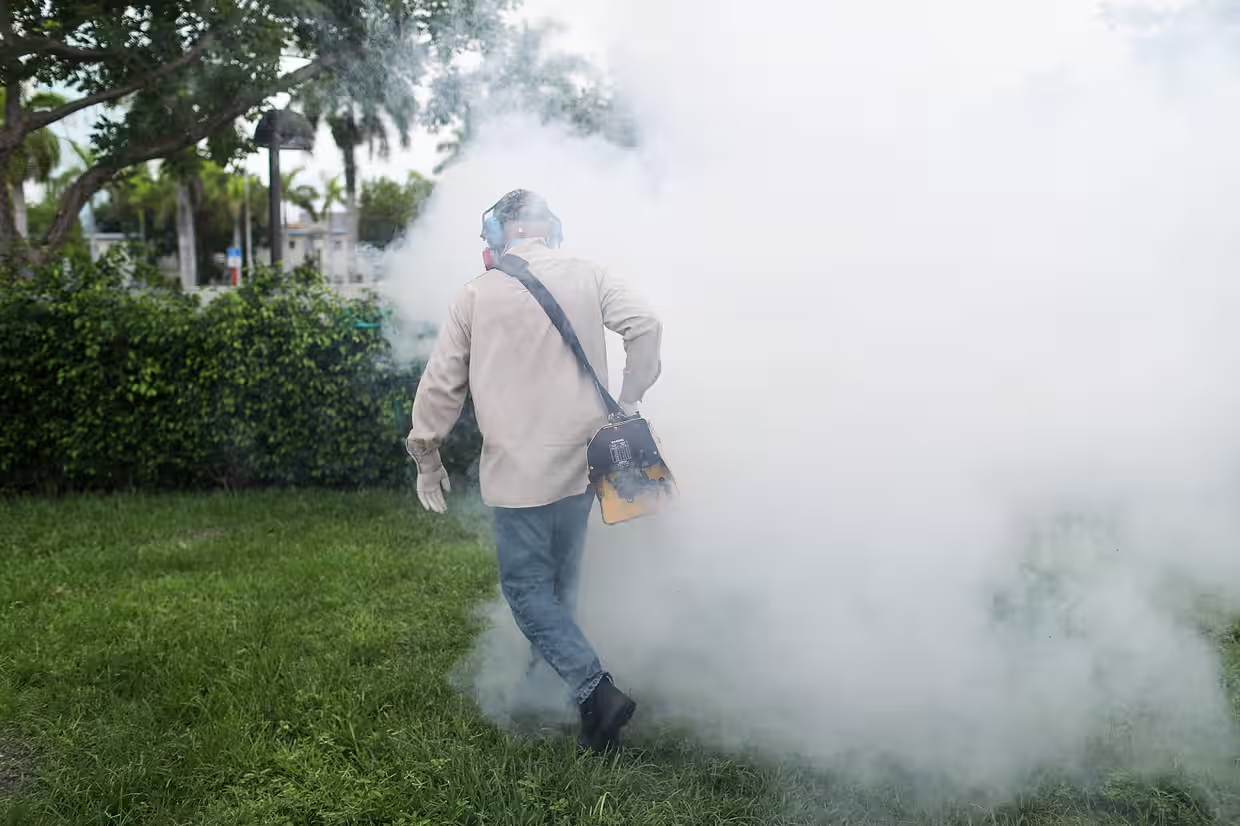Gestational hypertension and intrauterine growth restriction (IUGR) are the most common pregnancy complications.
Exposure to multiple pesticides during pregnancy may significantly increase the risk of complications compared to exposure to a single pesticide, according to new peer-reviewed research from the National University of the Littoral in Argentina. The study adds to growing but limited evidence highlighting the dangers of pesticide mixtures on human health—particularly in agricultural communities.
Pesticide Mixtures Pose Greater Health Threats Than Single Exposures
Most toxicological research and regulatory policies focus on individual pesticides, yet in reality, people are often exposed to several chemicals simultaneously, whether through non-organic foods or by living near farms. The authors stress the importance of investigating how these mixtures affect health, citing the concept of the “exposome,” which refers to all lifetime environmental exposures.
The study monitored nearly 90 pregnant women from Santa Fe, a heavily farmed region in Argentina, and tested their urine for pesticide residues. Researchers detected traces of around 40 different pesticides, with 81% of participants having at least one pesticide in their system and 64% showing multiple residues. Among women with multiple exposures, 34% experienced pregnancy-related complications, compared to fewer cases among those with single or no exposures.
Rural Pregnant Women More Vulnerable
Women living in rural areas had higher pesticide levels and were more than twice as likely to have pregnancy complications than their urban counterparts. About 70% of rural participants showed multiple exposures, versus 55% in urban areas—suggesting that, while food is a significant exposure route, environmental factors in farming areas amplify the risk.
The study found gestational hypertension and intrauterine growth restriction (IUGR) to be the most common pregnancy complications. Notably, women with complications showed elevated levels of triazole fungicides, a pesticide class widely used on crops like corn, wheat, and soy. Though some triazoles are suspected reproductive toxicants, they have received little regulatory attention—even as their use has quadrupled in the U.S. from 2006 to 2016.
Demographic Crises: चीन में सरकार देगी हर बच्चे पर ₹41,000 की सालाना सब्सिडी
Urgent Call to Reassess Pesticide Protocols and Safety Limits
The Santa Fe region cultivates a wide range of crops—including strawberries, tomatoes, lettuce, spinach, and peppers—leading to heavier pesticide use. The study’s authors call for urgent reviews of agricultural pesticide protocols, safety limits, and exposure guidelines, particularly for vulnerable populations like pregnant women.
While the sample size was relatively small, the findings underscore the need for expanded bio-monitoring studies and deeper investigation into the health effects of combined pesticide exposures. “Greater efforts are required to evaluate human exposure to pesticides, especially in vulnerable populations,” the authors concluded.
Source: The Guardian

